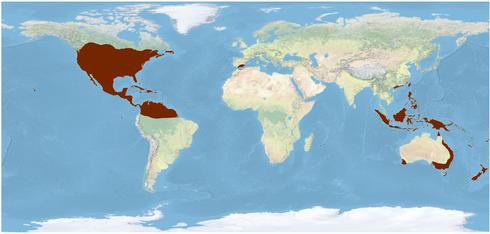Monarch butterflies (Danaus plexippus) range throughout the world, but this assessment focuses on North American populations.
Monarchs have a high dispersal ability across a large geographic range. This, combined with their short generation time and high reproductive rate, suggests that monarchs may have a high capacity to adapt to longer term charges in climate.
However, a number of traits make them vulnerable to a changing climate. Like most butterflies, monarchs are highly sensitive to weather and climate: They depend on environmental cues (temperature in particular) to trigger reproduction, migration, and hibernation. Their dependence on milkweed alone as a host plant is a further vulnerability, particularly as milkweed abundance is declining throughout the monarch range. They also face a decline in their overwinter habitat, and the effects of an increasing frequency of extreme weather events such as drought and severe storms, and extremes in hot and cold temperatures.
Priorities for climate-informed monarch conservation should include restoring and increasing the extent of habitat with appropriate milkweed species and nectar sources. The public at large can contribute to this effort by planting backyard habitat. Increased monitoring of populations is also important, and citizen science efforts can contribute to this. It is also essential to maintain and restore overwinter habitat, reduce the use of herbicides and pesticides, and address issues related to land-use change.
